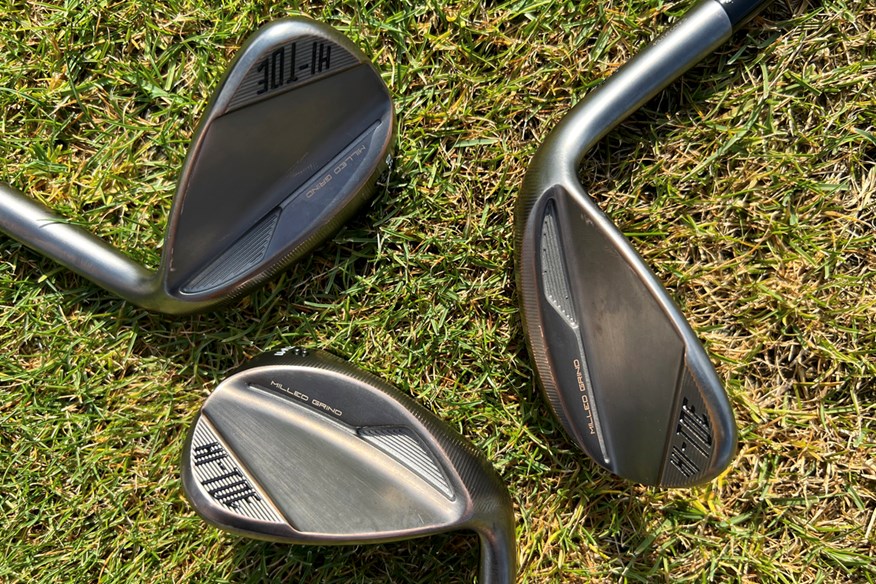FIRST LOOK: Everything you need to know about the TaylorMade Hi-Toe 4 Wedge
Last updated:
Everything you need to know about the TaylorMade Hi-Toe 4 wedge.
It’s taken years for the brand to manage it but thanks to dedicating themselves to creating the beautiful Milled Grind family, TaylorMade is now regularly touted as making some of the best wedges in the game. With the company’s short game stock rising, the business took a punt and introduced the first Hi-Toe wedge in 2017, a design they collaborated on with former world number one Justin Rose. Just seven years later Hi-Toe designs have changed the wedge market and how golfers approach the short game. With the exception of Titleist, all leading manufacturers now make their own Hi-Toe wedge models. Now into their 4th generation, the company believes the new TaylorMade Hi-Toe 4 offers up more confidence, more spin, and more consistency, here’s how.
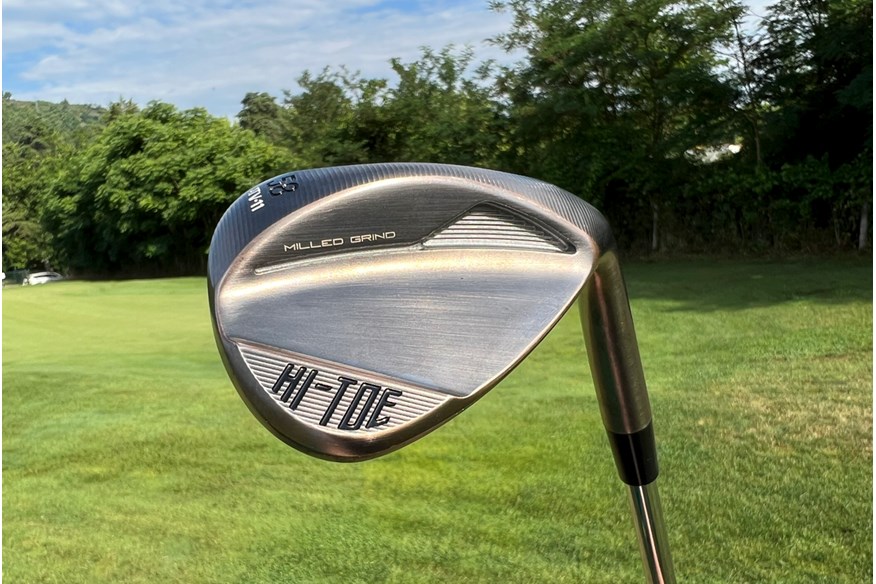
Everything you need to know about TaylorMade Hi-Toe 4 wedges
All-terrain all the time
Toe pads have featured on previous Hi-Toe wedges, but this time around the design is more pronounced. With more weight higher in the head the center of gravity is drawn up the face, so shots launch lower with more spin, exactly the traits Justin Rose craved from the original.
TaylorMade says confidence is a massive factor in which wedges players use, so lots of golfers chose Hi-Toe as thanks to the face being bigger there’s visibly more space to impact shots on. Full face grooves (on the 54°, 56°, 58°, and 60°) also mean no matter where shots impact the face maximum spin is imparted on every shot.
TaylorMade believes all golfers can use Hi-Toe wedges from anywhere, as the sole grind options and loft choices offer an escape route out of any situation. Those who do should expect a high spin more penetrating ball flight.
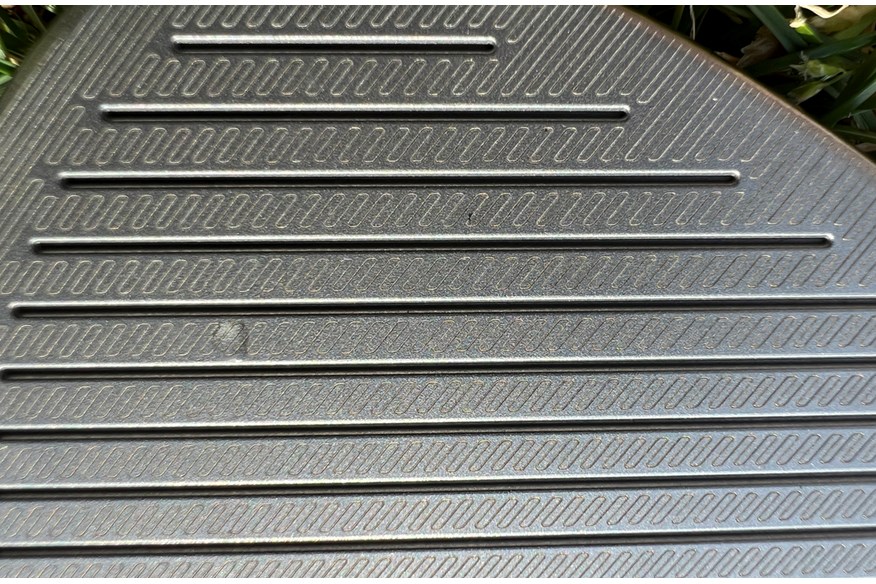
Consistent spin
There’s absolutely zero point in a wedge producing high spin if that stopping power isn’t consistent and predictable. For the first time, the Hi-Toe 4 features laser-etched Spin Tread groove technology (also found on the TaylorMade MG4 wedges) which channels more moisture and debris away from impact, promoting increased friction and spin.
Essentially TaylorMade says their internal testing has shown virtually no difference in spin between wet and dry conditions, which is seriously useful when it comes to reproducing your most delicate shots more often. A raw un-plated face also avoids rounding of the groove edges and naturally will rust over time.
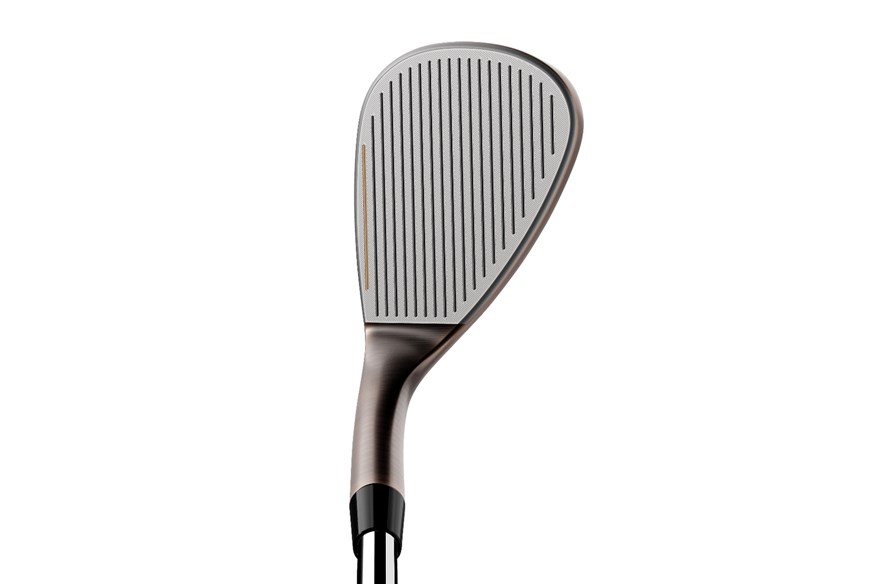
Off the toe
Before starting out on their journey to refresh the previous Hi-Toe 3 wedge family TaylorMade committed to conducting some serious research into better understanding the golfers who already use them. They discovered that thanks to the bigger toe shape golfers addressed shots from the toe side of center. For this generation, they’ve filled the bottom groove with gold paint which guides golfers into setting up with the ball directly in front of center face, a move that will offer up greater shot-to-shot consistency.
Interestingly the company also discovered that Hi-Toe wedges are played by a wide range of golfers for very different reasons. So, while 23% of golfers with a 0 – 5 handicap play both a Milled Grind wedge and a Hi-Toe wedge, to get maximum spin performance greenside from a higher lofted Hi-Toe, 32% of the 10 – 15 handicappers polled used Hi-Toe for all their wedges thanks to the bigger profile offering up greater confidence.
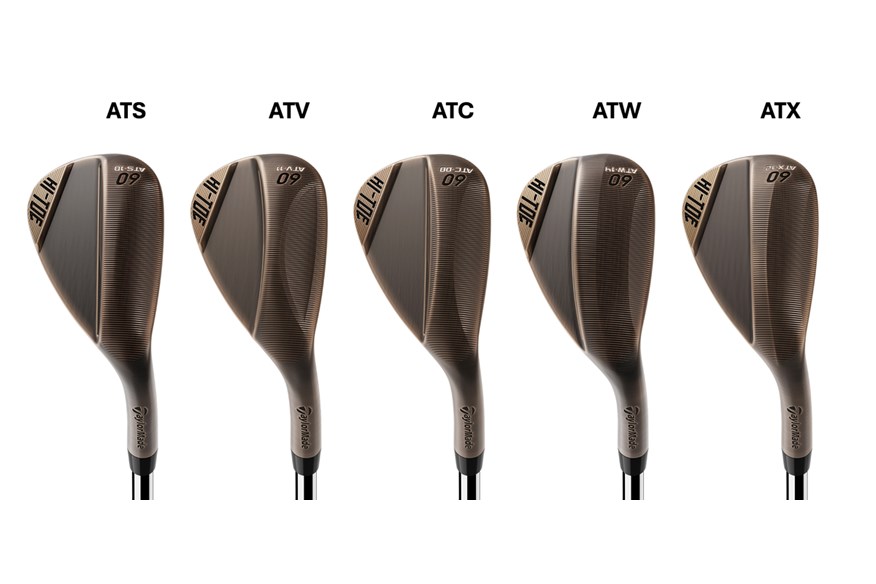
What sole grind choices are there with the TaylorMade Hi-Toe 4 wedges?
Until spring 2025 that depends on where you live, in the USA there are five options from launch, whereas in Europe you’ll need to be content with three until 2025. Here’s how the options differ.
ATS (All Terrain Standard) – this will be the most popular sole grind for most players and turf conditions. Expect additional 4-way sole camber, a feature that offers the versatility to manufacture shots with a square, open, or closed face. This setup can suit all swing and turf types.
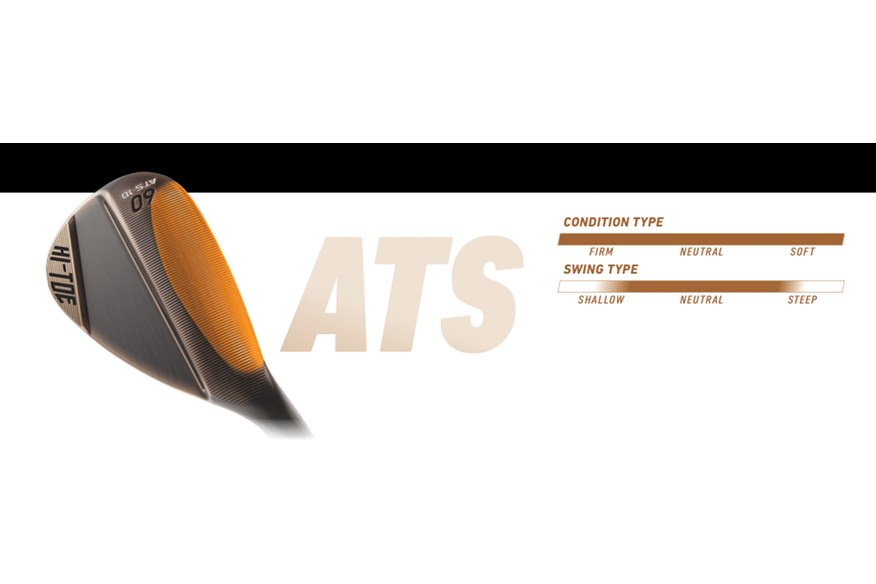
ATV (All Terrain Versatility) – a scoop in the sole and asymmetric bounce create a multifunctional wedge for crisp, clean contact off tight lies. Expect more effective bounce when opening the face which increases all-round versatility. The ATV is usually a good choice for firm-to-neutral turf and shallow-to-neutral swing types.

ATC (All Terrain C Grind) – the lowest bounce option with a reverse C-shaped sole (where the name comes from). This narrow split sole design has a low leading edge and plenty of heel and toe relief, often a good choice for shallower players and on firm conditions.
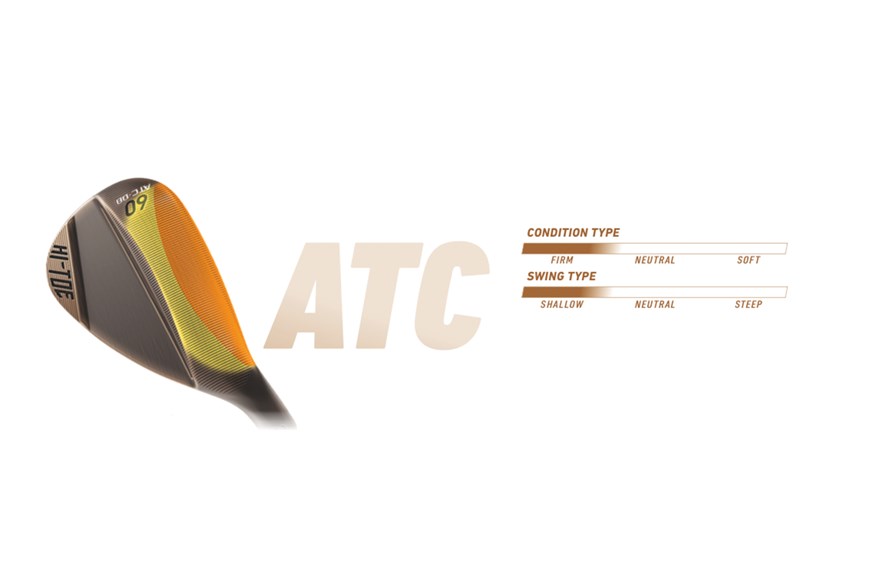
ATX – an incredibly forgiving wedge with a 3-surface sole that plays with mid-bounce. The angled leading edge prevents digging in softer conditions, where the midsole exaggerates stability. An aggressive trailing edge creates a quick exit from the turf. (Only available in the USA until Spring 2025).
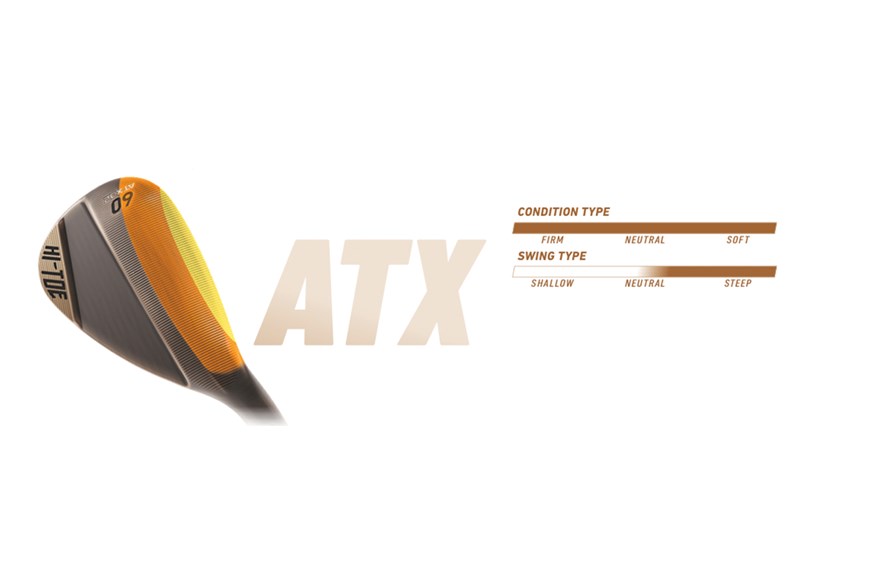
ATW – TaylorMade’s wide sole wedge comes with plenty of bounce. A very strong choice for those who need maximum forgiveness in their short game, especially good for preventing digging in soft conditions and from bunkers. (Only available in the USA until Spring 2025).
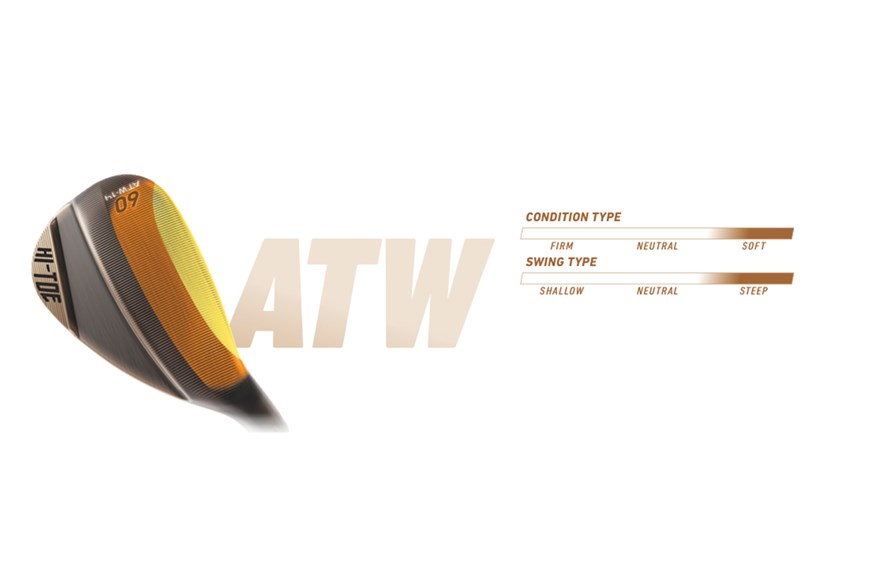
Who should play Hi-Toe wedges?
Players like Dustin Johnson, Jon Rahm, and Collin Morikawa have all used Hi-Toe wedges but TaylorMade says primarily they are used by golfers who desire their lower launching higher spin traits, or as they’ve recently discovered regular clubs golfers who like bigger profiles to boost confidence.
So long as you like the look of the full-face grooves on the mid and higher lofts you get the best of both worlds with higher spin and a lower ball flight. If you can’t stomach the look then the award-winning TaylorMade MG4 are a fantastic alternative.

Why do TaylorMade Hi-Toe wedges have a copper finish?
Firstly, glare can be a real issue with wedges as in bright sunlight a high lofted wedge can direct the sun’s rays back into your eyes at address. The Hi-Toe 4s aged copper finish eliminates this issue.
Wedges can also look tatty after just a small amount of use, where satin or chrome wedges scuff and mark the aged copper finish on the Hi-Toe 4 develops into a patina over time that’s both attractive and great for disguising wear and tear.
What material is the TaylorMade Hi-Toe wedge made from?
Very few modern-day wedges are forged. Like the Titleist Vokey Design SM10, Cleveland RTX 6 ZipCore, and PXG Sugar Daddy the Hi Toe 4 is created from 8620 carbon steel. Brands have done tons of testing with the material over the years and it’s a proven performer for offering great feel and protecting groove integrity over time.
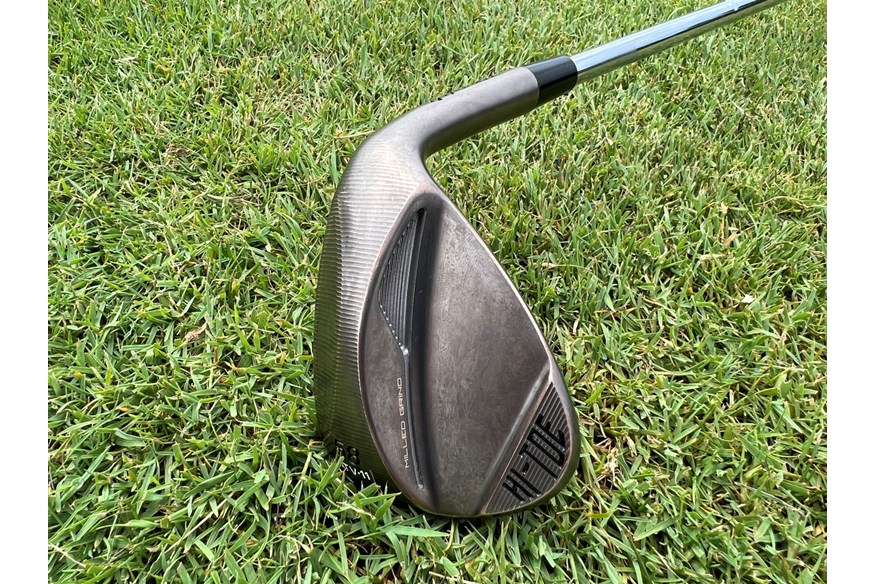
Details: TaylorMade Hi-Toe 4 wedges
RRP: $179.99 / £149
Grind/Loft:
ATS – 50° / 52° / 54° / 56° / 58° / 60°
ATV – 56° / 58° / 60°
ATX – 56° / 58° / 60°
ATC – 58° / 60°
ATW – 56° / 58° / 60°
Stock shaft: True Temper Dynamic Gold Tour Issue 115g
Stock grip: Lamkin Crossline 360
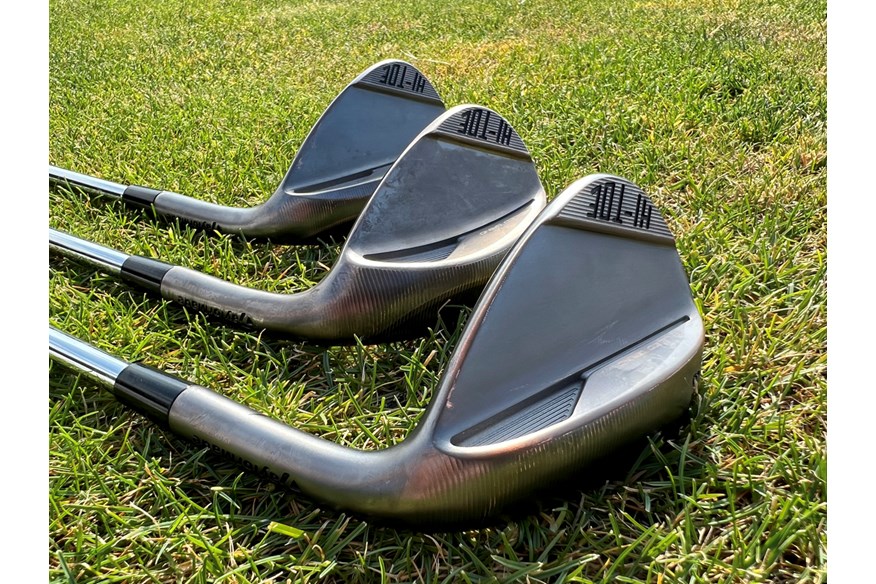
TaylorMade on the Hi-Toe 4 wedges
Matt Bovee, Global Category Director – Irons and Wedges
“Hi Toe wedges are a great option for any player who gains confidence from a wedge with a larger face and full-face grooves to ensure maximum spin regardless of where you strike it on the face. Now with Spin trad Raw face technology and a new array of grinds, the Hi-Toe 4 has more performance and versatility than ever before.”
Greg Cesario, TaylorMade Wedge Design Team
“The Hi-Toe 4 sole designs were born out of the need to create unique grinds that complemented a variety of playing conditions and swing styles for golfers that are looking for more versatility and forgiveness. From low-bounce designs that offer more forgiveness out of the bunker, to wider sole designs that offer more versatility and forgiveness off a variety of lies, Hi-Toe 4 complements and widens our wedge choices more than ever before. The designs were created with the goal of perceived and noticeable differences between all grinds and wedge models”
READ NEXT: Best 2024 Wedge
-
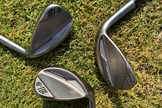 The back detailing of the TaylorMade Hi-Toe 4 wedge.
The back detailing of the TaylorMade Hi-Toe 4 wedge.
-
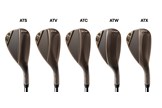 All five sole grind options of the TaylorMade Hi-Toe 4 wedge
All five sole grind options of the TaylorMade Hi-Toe 4 wedge
-
 Collin Morikawa and Dustin Johnson hitting wedge shots
Collin Morikawa and Dustin Johnson hitting wedge shots
-
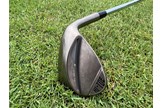 A close up of the heel shaping of the TaylorMade Hi-Toe 4 wedge
A close up of the heel shaping of the TaylorMade Hi-Toe 4 wedge
-
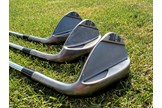 A close up of the CNC Milled sole on the TaylorMade Hi-Toe 4 wedge
A close up of the CNC Milled sole on the TaylorMade Hi-Toe 4 wedge
-
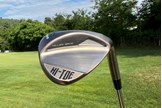 A close up of the shape of the TaylorMade Hi-Toe 4 Wedge
A close up of the shape of the TaylorMade Hi-Toe 4 Wedge
-
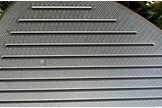 A close up of the laser etched Spin Tread grooves on the TaylorMade Hi-Toe 4 wedge.
A close up of the laser etched Spin Tread grooves on the TaylorMade Hi-Toe 4 wedge.
-
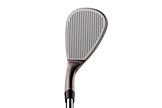 The TaylorMade Hi-Toe 4 wedge in the play position with the new gold coloured lowest groove clearly visible.
The TaylorMade Hi-Toe 4 wedge in the play position with the new gold coloured lowest groove clearly visible.
-
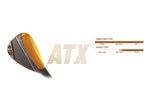 A graphic to show the ATX sole grind shape and who it is aimed at.
A graphic to show the ATX sole grind shape and who it is aimed at.
-
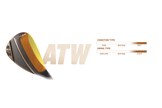 A graphic to show the ATW sole grind shape and who it is aimed at.
A graphic to show the ATW sole grind shape and who it is aimed at.
-
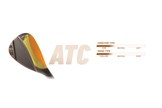 A graphic to show the ATC grind shape and who it is aimed at.
A graphic to show the ATC grind shape and who it is aimed at.
-
 A graphic to show the ATV sole grind shape and who it is aimed at.
A graphic to show the ATV sole grind shape and who it is aimed at.
-
 A graphic to show the shape of the ATS sole grind and explain who it suits.
A graphic to show the shape of the ATS sole grind and explain who it suits.
